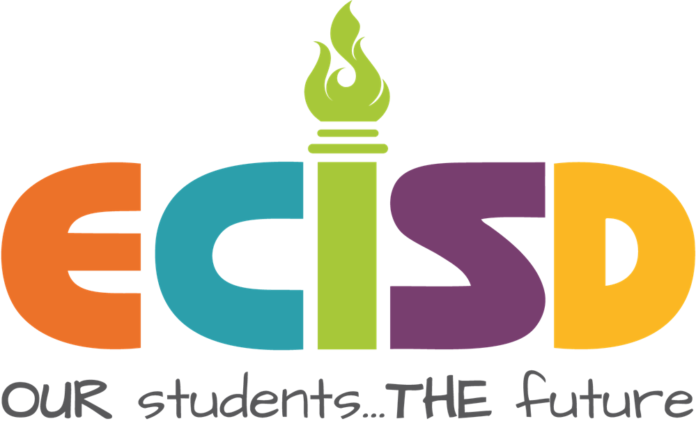The numbers of students considered homeless in Ector County ISD has risen significantly over last year, Director of Community Support Services Scott Randolph said.
Last year, there were 559 and as of Aug. 11, 2022, they were at 980. Some 80 percent are families that are living doubled up, according to the federal definition they have to go by, Randolph said.
“… About 80% of them are two or more families living together out of economic hardship or loss of housing. Then we have a big group in small pull trailers, RVs,” Randolph said.
Some people who are living in RVs have good jobs in the oilfield, so they aren’t really homeless, he said.
“We kind of tried to weed those out and make sure that they’re really having economic hardship while they’re in them,” he added.
He said only a handful are living in their cars or on the streets.
“You won’t see very many of those. When we do see somebody in that dire situation, we’re usually able to try to get them into some type of housing, whether it be a hotel for a few days before they can get into some other housing. But a couple of weeks ago, we did have a mom in here with … two or three kids. She was sleeping in her car and really struggling, but again, those are a handful, five to five or less families,” Randolph said.
Usually the younger they are, the more family and friends they have to stay with.
“It’s usually the ones that are a little bit older that have gotten out on their own that they don’t have as many resources to go back to,” Randolph said.
However, the Community Outreach Center, where Randolph’s office is, can help.
“We’ll try to link them to resources. We do have social workers here; social service specialists that like the lady that was in her car, we were able to, not with school district funds, but with a private donor able to get them a hotel room for a few days and help them with their deposit to get into an apartment,” Randolph said.
Randolph said they let the counselors at the campuses know what the children are going through, so hopefully they can offer help.
“… Usually, once the caseworker starts helping them, they’ll develop a relationship and they’re more likely to reach out to them. We have a food bank here. We have a clothes closet, school supplies and so they’re more likely to come back and see us whenever they need something,” Randolph said.
The Community Outreach Center also helps people register their children for school. They usually don’t have proof of address because they’re living doubled up, he said.
“It’s good it’s here; not good that there’s the need for it, but there’s a big need for it. That’s for sure,” he said.
During COVID, enrollment was down, so a lot of people just “stayed low and didn’t come back.”
“I think it’s suppressed homeless numbers across the state and I can’t say why that is. But I’m sure they did research on it at the state level to figure out why that was,” Randolph said.




